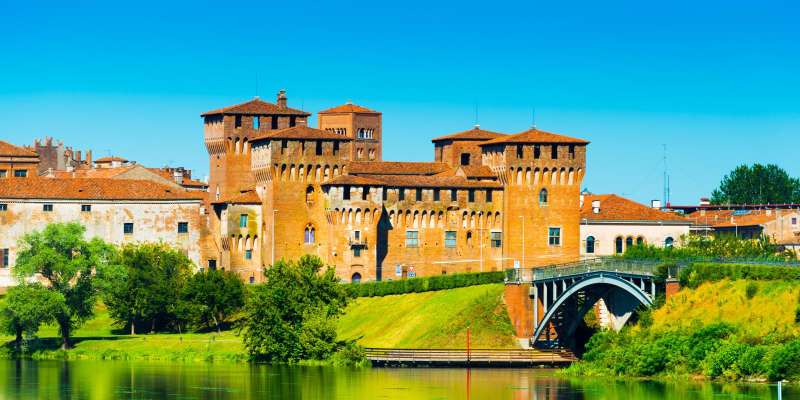- Home
- Useful Tips
- Mantua's underground sites and...
Beneath Mantua's Renaissance splendor lies a forgotten world of subterranean passages, Roman villas, and medieval cellars – yet most visitors never see them. Over 70% of travelers leave this UNESCO city unaware they walked above 2,000-year-old mosaics or missed secret tunnels used by the Gonzaga dynasty. The challenge? Key underground sites lack clear signage, require special access, or get overshadowed by Palazzo Te's fame. For history lovers, this means missing Mantua's most authentic layers – the cool, dim spaces where you can literally touch centuries-old brickwork without crowds. Locals whisper about these spaces but finding reliable visiting information proves frustrating, leaving many to settle for surface-level sightseeing. When temperatures soar in summer, these underground wonders also offer refreshing respite most tourists never discover.


Decoding Mantua's underground maze – what's actually accessible?
Not all underground Mantua is created equal. While some sites like the Virgiliana Crypt beneath Sant'Andrea Basilica welcome visitors freely, others like the Gonzaga family's secret escape route require planning. The most spectacular – the Roman villa under Palazzo Ducale – only opens for special events. Start with the always-accessible tunnels at Casa del Mercante (Merchant's House), where 15th-century vaulted cellars reveal medieval trade secrets. For guaranteed access, time your visit with Mantova Underground's monthly guided tours – the only way to see the ancient water system beneath Piazza Sordello. Pro tip: Many underground spaces maintain 14°C (57°F) year-round, making them ideal for midday breaks during summer visits.
Local tricks for visiting without official tours
When organized tours are booked solid (common from April-October), try these local-approved workarounds. The archaeological area under Palazzo Ducale often has unadvertised open hours – ask guards about 'sotterranei visitabili oggi' (open underground today). Cafè Caravatti near Piazza Erbe has a glass floor revealing Roman foundations; buy an espresso for the best viewing access. For DIY explorers, the stretch of Roman road beneath Via Accademia is visible through street-level grates near #19. Late afternoon light makes the 2nd-century paving stones clearest. Always carry a small flashlight – many accessible underground nooks lack proper lighting but permit close inspection of brickwork and ancient graffiti.
When to splurge on guided underground access
Two experiences justify the premium: the Domus Romana di Palazzo Ducale and the secret synagogue tunnels. The Domus opens just 12 days yearly (usually September), revealing intact Roman floor heating systems – book through Mantova Museo's website the moment dates are announced. The Jewish community's underground network, used for clandestine worship during persecution periods, can only be visited through Shalom Mantova's private tours. These 90-minute walks explain how Renaissance Jews navigated the city unseen, with access to normally sealed chambers beneath Via Calvi. Both tours sell out months ahead but deliver unmatched historical immersion.
Avoiding underground visit pitfalls – local insights
Mantua's underground treasures come with quirks most guides won't mention. The much-photographed 'crypt' at Santa Barbara is actually a 19th-century wine cellar – fascinating but not ancient. Meanwhile, the authentic 1st-century BC ruins beneath Pescherie di Giulio Romano get overlooked despite free entry. Summer visitors should note many underground sites close August 15-25 for ferragosto. For photographers, mornings offer best light in sites like Virgil's Crypt, while late day enhances the golden brick tones in Palazzo San Sebastiano's vaults. Locals recommend the underground route between Piazza Sordello and Via Arrivabene – it's publicly accessible, perfectly preserved, and rarely crowded after 3pm.



